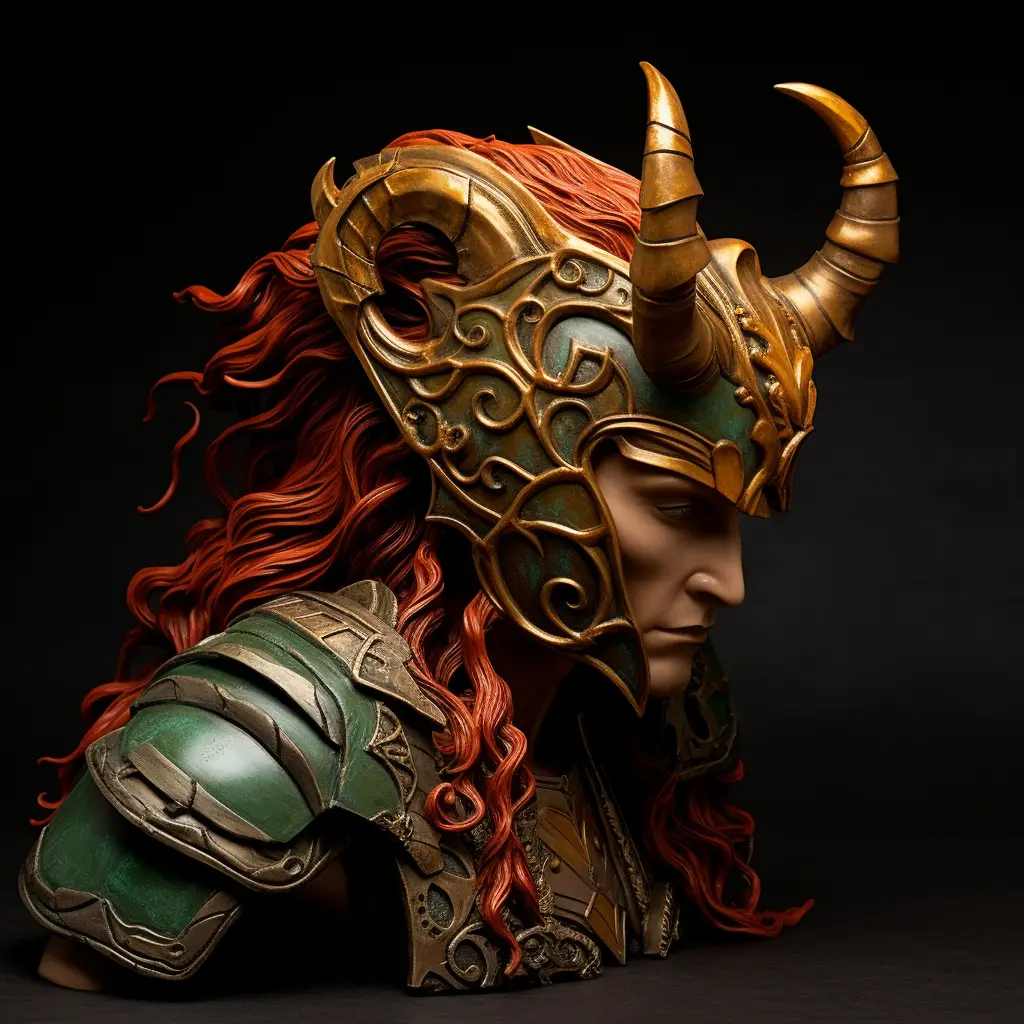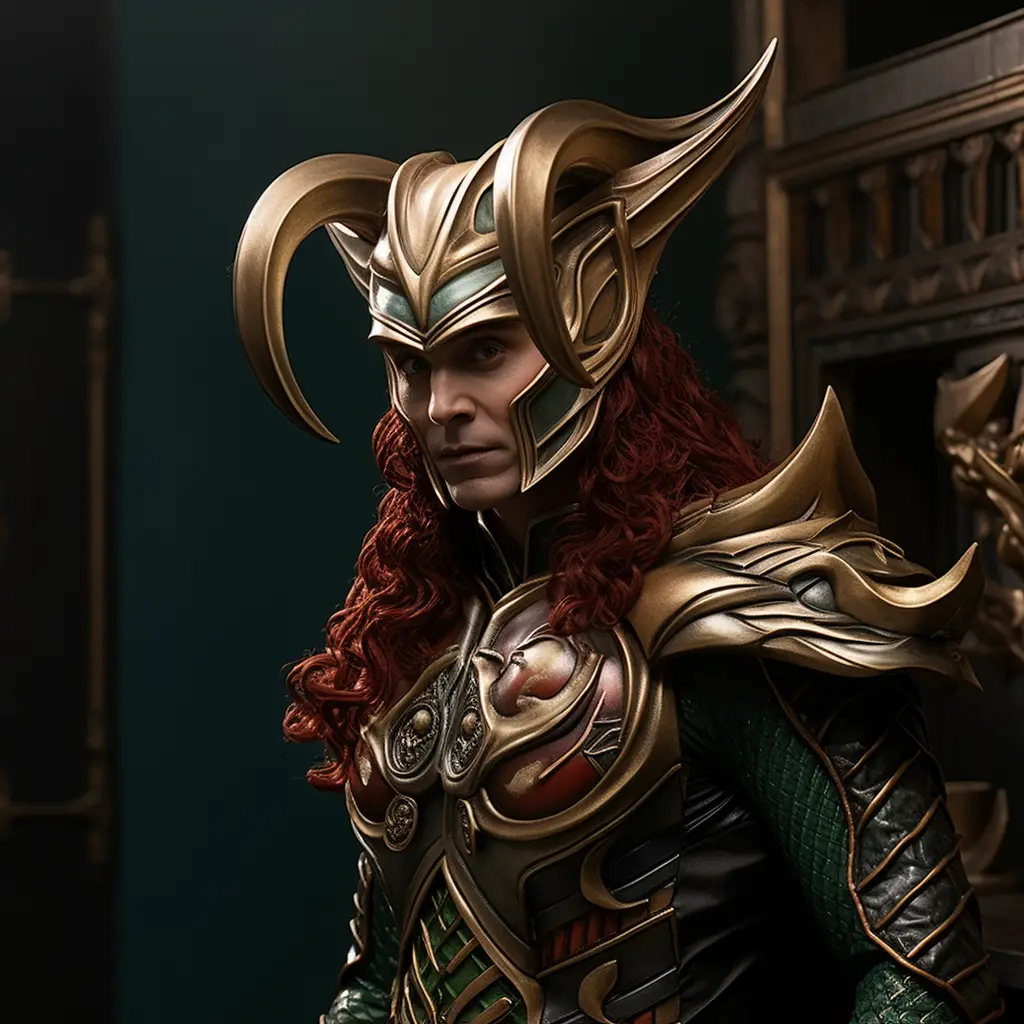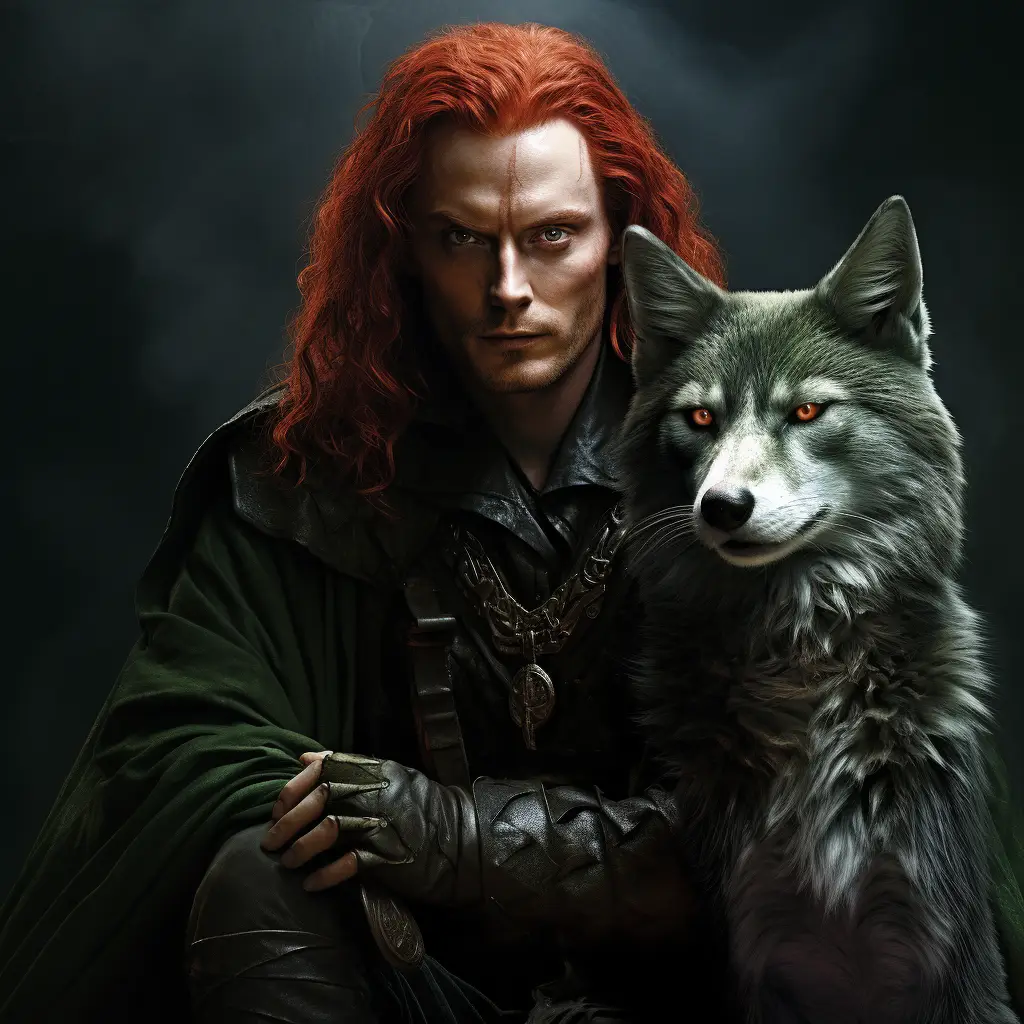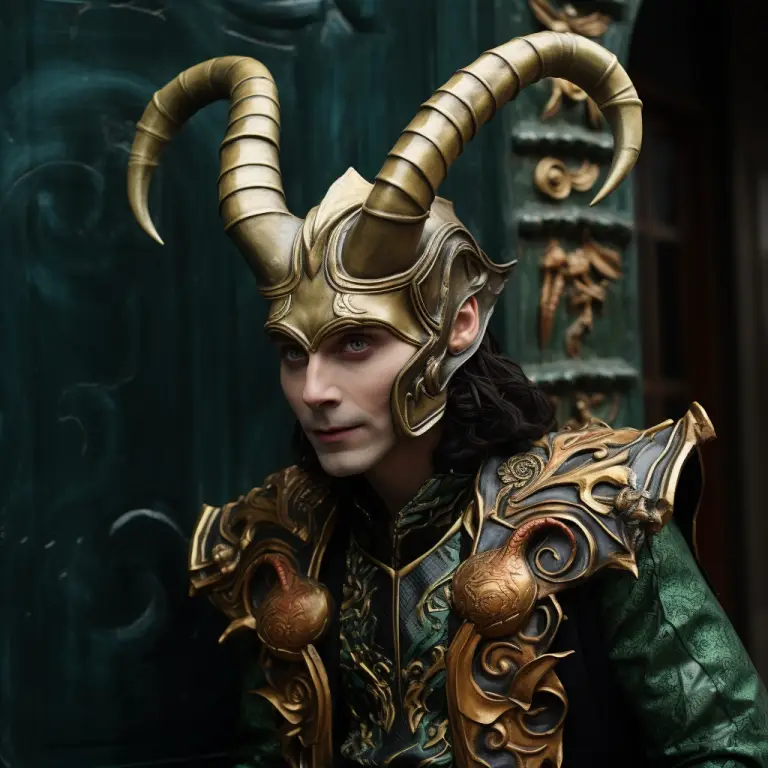In Norse mythology, Loki is a complex and enigmatic figure. He is a god often associated with mischief, trickery, and chaos. Loki is considered a member of the Aesir, the group of deities in Norse mythology that includes Odin, Thor, and Frigg, among others. However, his nature and allegiances are ambiguous, and he is known for causing trouble among the gods.
Loki is a shape-shifter and has the ability to change his form, which adds to his unpredictable nature. He is the blood brother of Odin, the Allfather, but the circumstances of their bond are not straightforward. In some accounts, Loki is portrayed as the son of the giant Farbauti and the giantess Laufey, making him a blood brother to the fire giant Surtr.
One of the most well-known stories involving Loki is the binding of Fenrir, a monstrous wolf. Loki is responsible for the birth of the wolf Fenrir, who grows so large and powerful that the gods decide to bind him. They ask the dwarves to create magical fetters, and the third one, Gleipnir, is made of elusive and extraordinary materials. Loki is the one who tricks Fenrir into allowing himself to be bound with Gleipnir, leading to the wolf’s restraint.
Loki’s role in other significant events, such as the death of Balder, the beloved god of light, and his involvement in the events leading to Ragnarok, the end of the world in Norse mythology, further emphasize his complex and often troublesome nature.
It’s important to note that Loki’s character varies across different Norse myths, and interpretations may differ. His cunning and unpredictable actions make him a fascinating and multifaceted figure in Norse mythology.
In Norse mythology, Loki is said to be the father of several notable figures. His children include:
- Fenrir: A monstrous wolf, Fenrir is one of Loki’s most famous offspring. Fenrir plays a significant role in Norse mythology and is foretold to be involved in the events leading to Ragnarok, the end of the world.
- Jormungandr: Also known as the Midgard Serpent or World Serpent, Jormungandr is a giant serpent that encircles Midgard (the world). Like Fenrir, Jormungandr is prophesied to play a key role in Ragnarök.
- Hel: Hel is the ruler of the realm of the dead, also called Hel. She is often depicted as having a half-living, half-dead appearance. Hel is not to be confused with the Christian concept of Hell; in Norse mythology, Hel is more of an afterlife realm for those who did not die in battle.
These children are born under various circumstances, often involving Loki’s interactions with different beings, including giants. The tales of Loki and his offspring contribute to the rich and complex tapestry of Norse mythology. It’s worth noting that these myths may have different versions and interpretations, and the details can vary in different sources.
In Norse mythology, there isn’t a detailed physical description of Loki as there might be in some other mythologies or religious texts. The focus in Norse mythology is often more on the actions and deeds of the characters rather than their physical attributes.
However, in the Marvel Comics and the Marvel Cinematic Universe (MCU), which draw inspiration from Norse mythology, Loki is typically depicted as an Asgardian with distinctive features. In the MCU, actor Tom Hiddleston portrays Loki. Here are some general characteristics associated with Loki’s appearance:
- Asgardian Garb: Loki is often seen wearing clothing and armour befitting the Asgardian realm. This can include elaborate and regal attire, reflective of his status as a god.
- Dark Hair: Loki is commonly portrayed with dark hair, typically styled in a sophisticated manner. In the comics and movies, his hair is often slicked back.
- Lean and Slender Build: Loki is usually depicted as having a lean and somewhat slender physique, distinguishing him from the more robust and muscular appearance of his brother, Thor.
- Green and Gold Colour Scheme: In both comics and movies, Loki is associated with a colour scheme of green and gold. This is reflected in his clothing, armour, and magical effects.
It’s important to note that artistic interpretations may vary, and different comic book artists or filmmakers might present Loki’s appearance in slightly different ways. Additionally, Norse mythology itself doesn’t provide specific details about his physical appearance, leaving room for creative interpretation in various adaptations.
Loki is one of the more well known gods now due to film and TV, he is pretty cool! But I certainly wouldn’t trust him…



